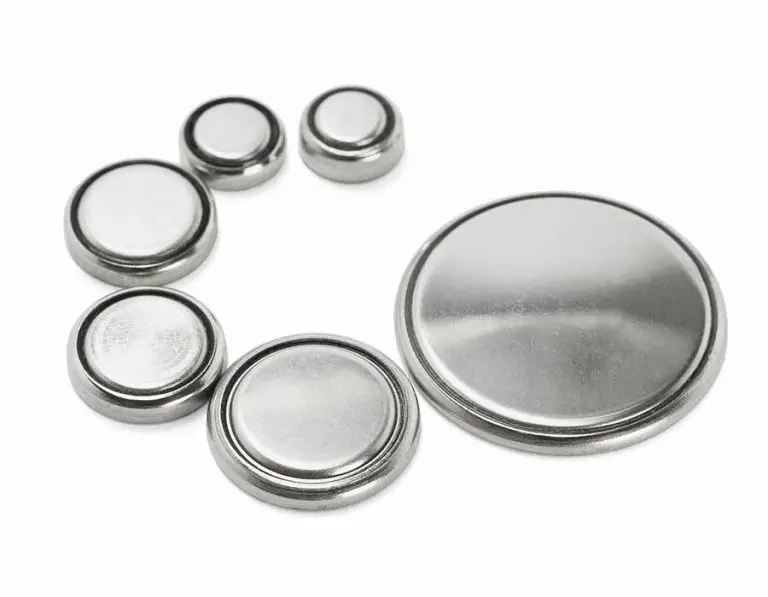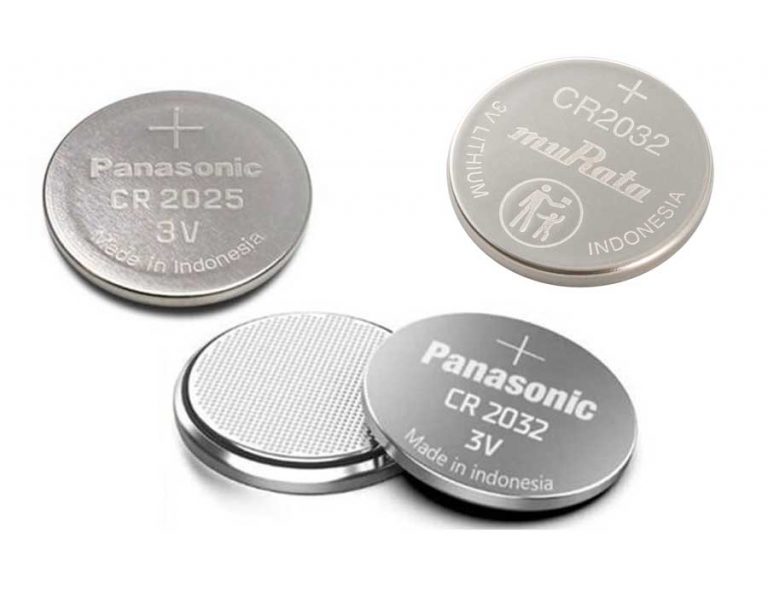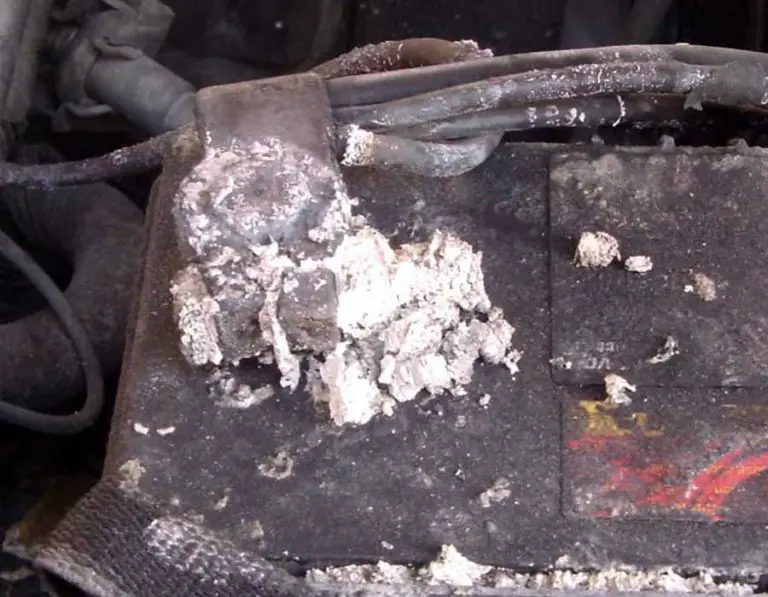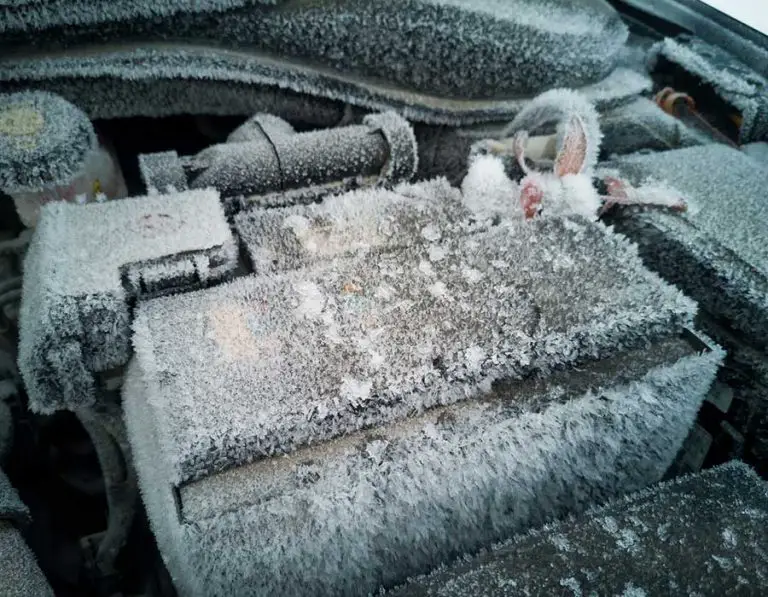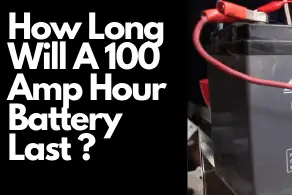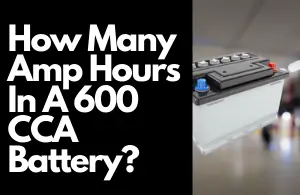How to Charge a Completely Dead Car Battery
Your car battery can fail you anytime, and you need to be prepared for it. Without enough battery juice, your car won’t start.
Although car batteries aren’t supposed to die, you can bring them back to life with a battery charger. Dealing with a dead car battery can be bothersome, especially when you’re in a hurry. However, it’s an occurrence that you can fix with the proper knowledge.
Charging a dead battery is pretty straightforward, even for newbies.
A completely dead battery can be revived with a car battery charger. After preparing the battery, connect the car battery charger and leave it to charge for a suitable period.
If My Car Battery is Completely Dead, Will it Charge?
Of course. A dead car battery means there isn’t enough electric juice to power it. So, you can use the Epsom salt method, jump starters, jumper cables, or a car battery charger.
The safest bet is to use a car battery charger.
What Do We Use to Charge a Dead Battery?
There are many ways to recharge your car battery; you can use jump starters, jumper cables, or an easy-to-use car battery charger. The final option is an easy way to charge a completely dead battery. It’s a device that draws electricity when you plug it in and charges any battery you connect it to.
Initially, we relied on jump-starting to revive a completely dead battery. This method sends an electric jolt that powers the battery long enough to start your car to charge the battery. While this method seems straightforward, it’s been known to reduce battery health to a significant degree.
Using a car battery charger may not give you the immediate power jump starting does, but it’ll significantly prolong your battery’s lifespan. However, the occasional jump start won’t do much damage, which is why this method is still in use.
If your car uses start-stop technology, you’ll have to buy a smart car battery charger. These options are just as technologically advanced, with great features.
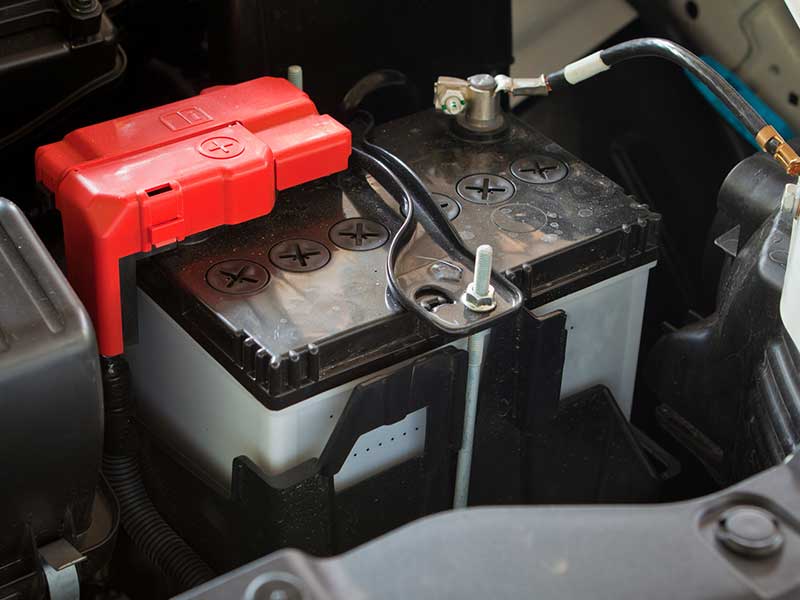
How To Charge a Completely Dead Battery
A car battery charger is a healthy option for charging your battery, but it goes beyond plugging the charger. There’s a guideline for this, which includes:
Prepare your battery
Depending on the model of your car, you may have to remove the battery before charging it. Some have batteries that are easily accessible, which makes it easy to plug the charger.
However, if you don’t disconnect the battery, you may experience slight electric shocks when you touch it. This happens when the battery isn’t quite dead yet.
It would help if you disconnected the negative terminal first. Undo the clamp connecting it to the battery. That way, you reduce your chances of a slight jolt when you touch the positive terminal. You can find the negative and positive symbols at the top of part the battery.
A quick tip: Always fix the negative terminal last.
Clean the battery
Battery acid may be found around your terminals, which may result in some malfunctioning when you’re charging the battery. This is particularly when it’s a significant buildup. You can clean it with some baking soda and water. While doing this, ensure you’re wearing protective gear around your eyes and hands.
Now, the instructions for car battery chargers vary, but the basic ones include:
- Turn off the car battery charger.
- Connect the negative car battery charger cable to the negative battery terminal.
- Connect the positive car battery charger cable to the positive battery terminal.
- Charge at the slowest rate and set a timer.
What are the Things That Can Drain Your Car Battery?
Modern car batteries are charged by the alternator, one of the components in the engine area when you turn on the ignition. When you turn on a light or the radio in your car, roll down the window, or honk without the engine running, your car battery loses some juice. However, unless these actions run for a significant period, they aren’t enough to drain your battery.
So, how do we end up with a dead battery?
Leaving the headlights on
When the engine is running, the headlights get power from it. But when it goes off, they rely on the battery to work. Forgetting to turn off the headlights is relatively common, which is why newer automobile designs have a feature that turns them off after a while.
However, if your car lacks that addition, your headlights are strong enough to kill your battery if left on for a significant period.
You don’t leave your engine running for long
Car batteries, especially older ones, need enough charge time. And they get that when you turn on the ignition and leave it running for long. Short rides aren’t enough to fully charge your battery, so if you deal with a dead battery one too many times, increase the duration of your car rides.
Your battery is old
If your battery is old, you’re probably already accustomed to dealing with a dead battery. Yes, you can keep charging it, but this may be a sign to get a new one.
Your alternator is faulty
Every car battery relies heavily on an alternator, which means you need to change yours when it’s faulty. When it’s bad, it won’t charge your battery as well as it should.
Since this car component won’t always give you a clear indication when it’s going faulty, it’s best to service your vehicle often.
The elements are intense
Did you know that car batteries are affected by extreme heat or cold? Although newer models have been designed not to be as affected, the older ones can die when exposed to intense temperatures. Alternatively, it can weaken their performance.
Loose terminals
Loose terminals also result in a dead car battery. Your battery receives its electrical charge from the engine, which transmits it through the terminals. So, when they’re not well connected, it can interfere with the strength of the charge. This results in a weaker battery that won’t last long before it dies.
Can a trickle charger charge a dead battery?
A trickle charger is a car battery charger designed to deliver a charge that compensates for the battery’s self-discharge. It occurs at a slow rate, much slower than using the regular car battery charger.
It may require as long as twenty-four hours to fully charge your car battery, which means a trickle charger will take even longer.
How long to charge a completely dead car battery?
When you’re hoping for a full charge, it can take anywhere between six to twenty-four hours for 6- and 12-volt batteries. However, two to four hours will suffice if you want enough juice to start your car and drive around to charge the battery.
Final note
If you’re a homebody or someone who loves to take the bus, there are high chances that you’ll deal with a dead battery now and then. It’s easier to prevent this situation, and you can do that through maintenance charging.

